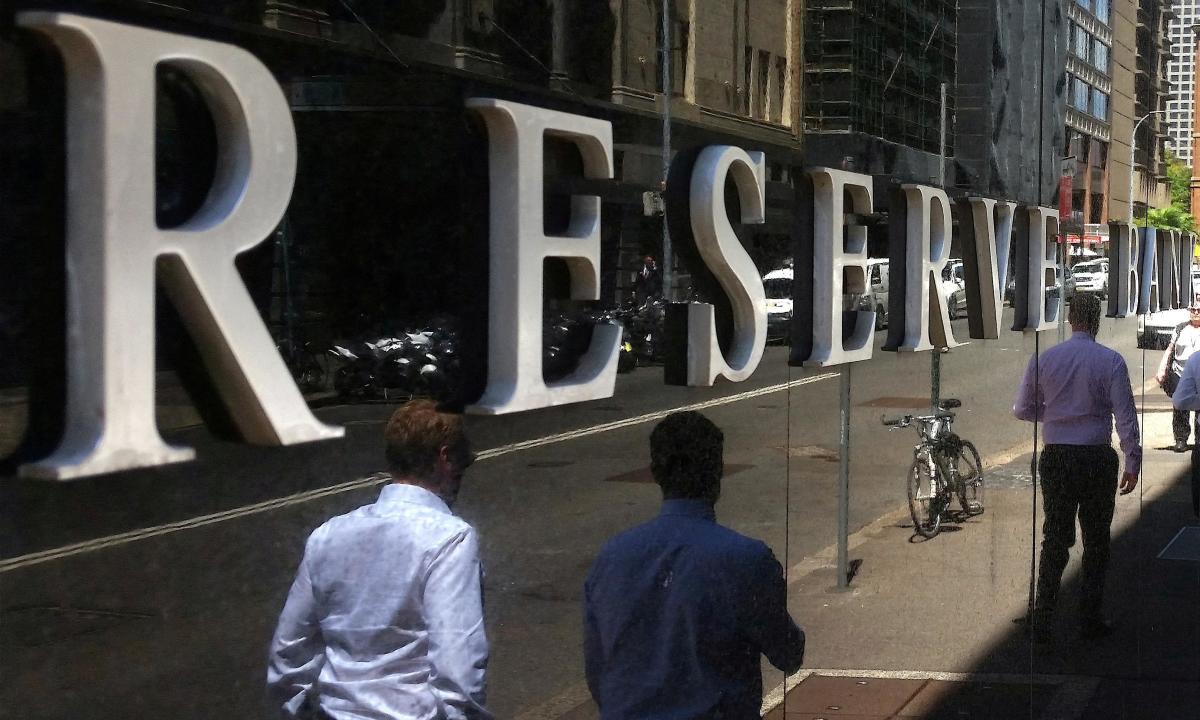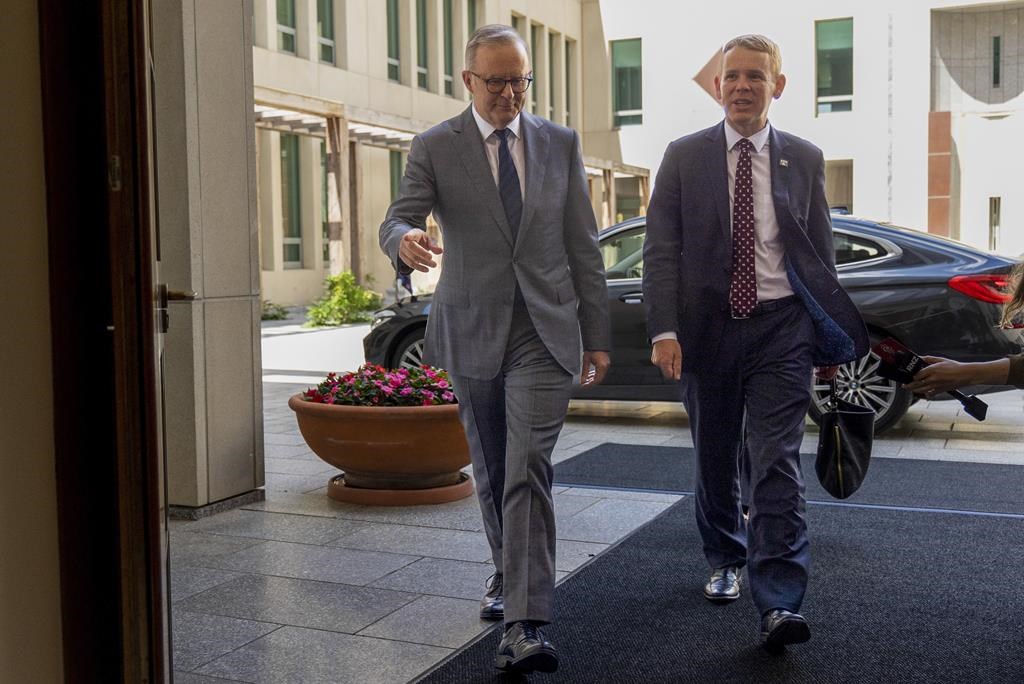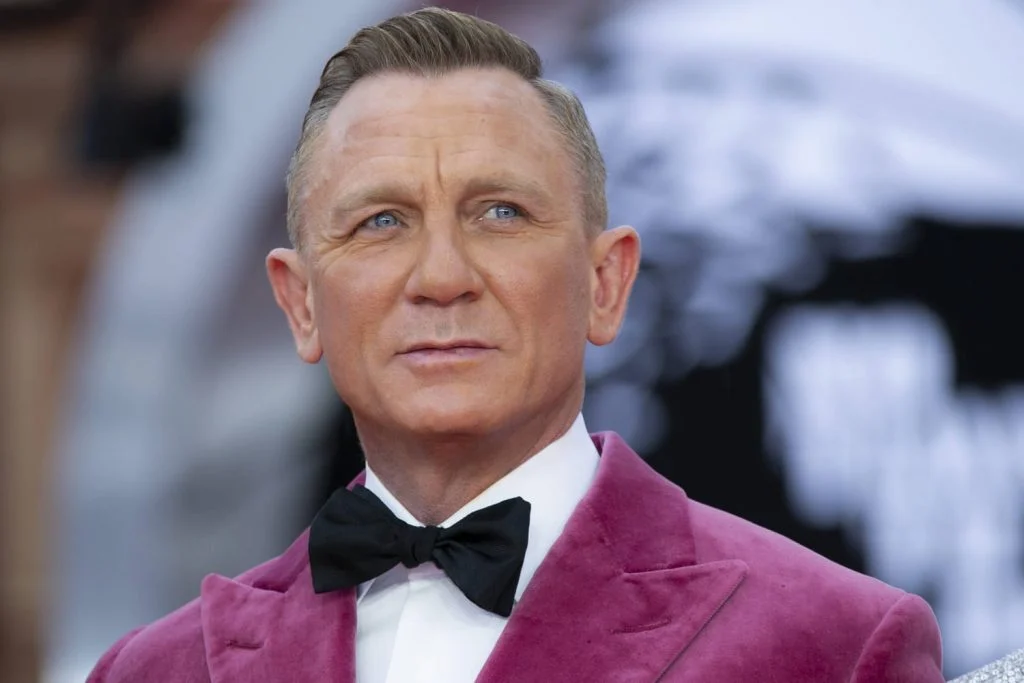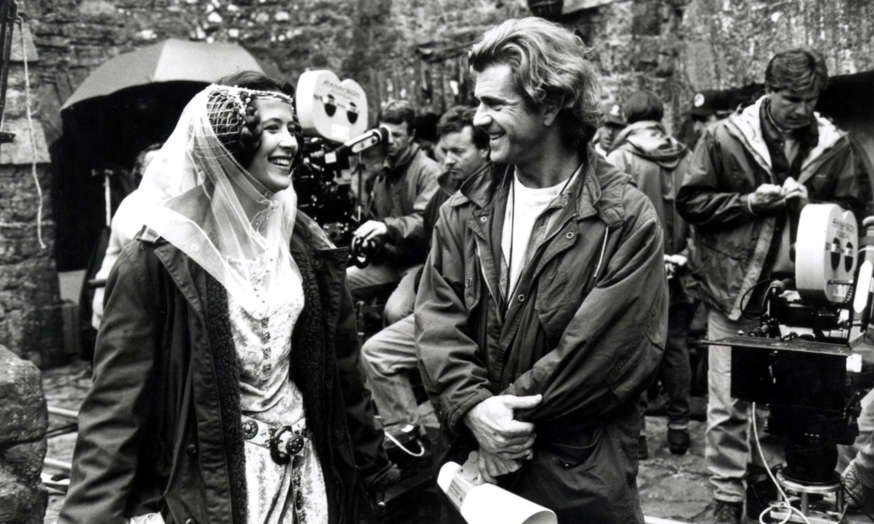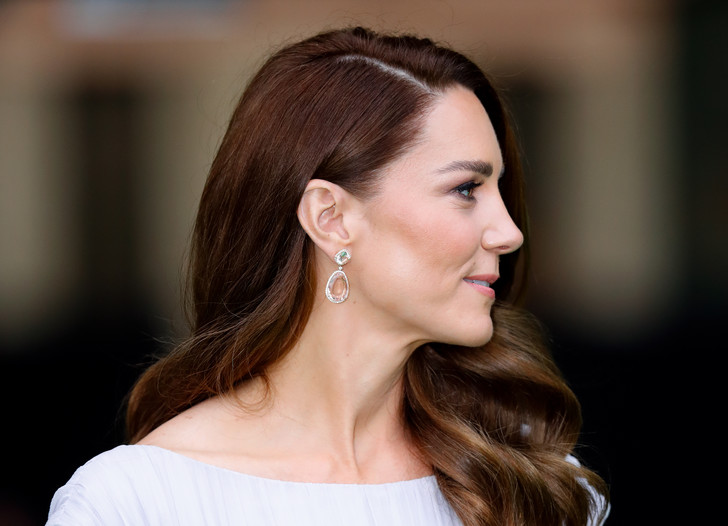The Reserve Bank Boosts Interest Rates to 3.35%, Ninth Consecutive Increase Aimed at Controlling Inflation
Photo: Steven Saphore/Reuters
Australia’s central bank has clamped down on borrowers with another rate hike, extending a record string of rate hikes to nine straight meetings as it seeks to lower inflation and warned that “more rate hikes” are imminent.
The Reserve Bank raised its policy rate by 25 basis points to 3.35%, the highest in just over a decade, at its first board meeting of 2023 on Tuesday. Most economists had predicted such a rise.
“Global inflation remains very high,” RBA Governor Philip Lowe said in the accompanying statement.
“However, it is weakening in response to lower energy prices, the resolution of supply chain issues and tightening monetary policy,” Lowe said. “However, it will take time for inflation to return to target rates” of 2% to 3% over time.
interactive
In a signal that the RBA sees interest rates rising by at least another half a percentage point, Lowe said: “The board expects that further rate hikes will be needed in the coming months to ensure inflation returns to target and that it does.” Period of high inflation is only temporary”.
The RBA began raising interest rates from a record low of 0.1% in last May’s general election, following a rise in inflation. The hike dampened the Morrison administration’s re-election hopes, but further hikes at every RBA board meeting since have presented new Treasurer Jim Chalmers with a monthly challenge to explain why debt repayment costs have risen again.
Australia’s CPI inflation came in at an annual rate of 7.8% in the December quarter, the highest in more than 32 years, even with three full percentage points of rate hikes by the RBA by then.
interactive
Additional monthly mortgage payments could increase to $1,058 for a typical $500,000 loan compared to pre-May 2022 levels if the RBA raised its cash rate another 50 basis points to 3.85%, according to RateCity.
Among the big banks, both ANZ and Westpac forecast 3.85% as the prime interest rate ahead of today’s ruling.
Financial markets have also priced in a higher RBA interest rate peak before it falls. The benchmark stock index lost about 0.5% and the Australian dollar gained about a quarter cent and rose 69.5 cents after the interest rate decision.
Ahead of the release of the RBA’s quarterly monetary policy statement on Friday, Lowe also hinted that it will take a while for the CPI to pull back to the bank’s target range.
While forecasting a fall to 4.75% this year remains unchanged from the RBA’s previous statement in November, Lowe added that CPI will decline to “about 3%” by mid-2025, indicating the long glide path, that lies before us.
“Medium-term inflation expectations remain well anchored and it is important that they remain so,” he said.
EY chief economist Cherelle Murphy said the RBA is “still uncomfortable with the inflation outlook”.
“The RBA is determined to avoid a price-wages spiral that would complicate its work in the coming year,” Murphy said, noting that the December-quarter wage price index would be “sharp” when released by the ABS will be February 22nd.
“A key risk on the horizon is the ‘mortgage cliff’ as some households switch from very low fixed mortgage rates to variable rates, leading to a sharp drop in household disposable income,” she said.
The Commonwealth Bank (CBA), Australia’s largest bank, revised its earlier forecast that the RBA’s interest rate would peak at 3.35%. She now expects a 25 basis point gain in both March and April with a top rate of 3.85%.
“Two more 25bp rate hikes mean the likelihood of a soft landing for the economy is significantly reduced,” said Gareth Aird, CBA chief of Australia’s economy. “The budgets of many people looking for housing will be significantly strained in the coming year.”
ANZ, which now appears closer to the mark with its earlier forecast of a 3.85% prime interest rate, is sticking to that forecast.
About 800,000 mortgage holders are expected to switch from fixed to variable interest rates of up to 6% or more in 2023, said Tim Lawless, research director at CoreLogic.
Lowe indicated that GDP growth this year would be around 1.5% this year and next, down from a 2% forecast for 2023 contained in the November version of its quarterly monetary policy statement RBA is included.
Nevertheless, the RBA does not expect a large increase in the unemployment rate. In December, the interest rate hovered near half-century lows of 3.5% and the central bank now expects it to rise to 3.75% by the end of the year and further rise to 4.5% by mid-2025 .
The last time the cash rate was around 3.35% in late 2012, the unemployment rate was over 5% and rising.
Don’t miss interesting posts on Famousbio

